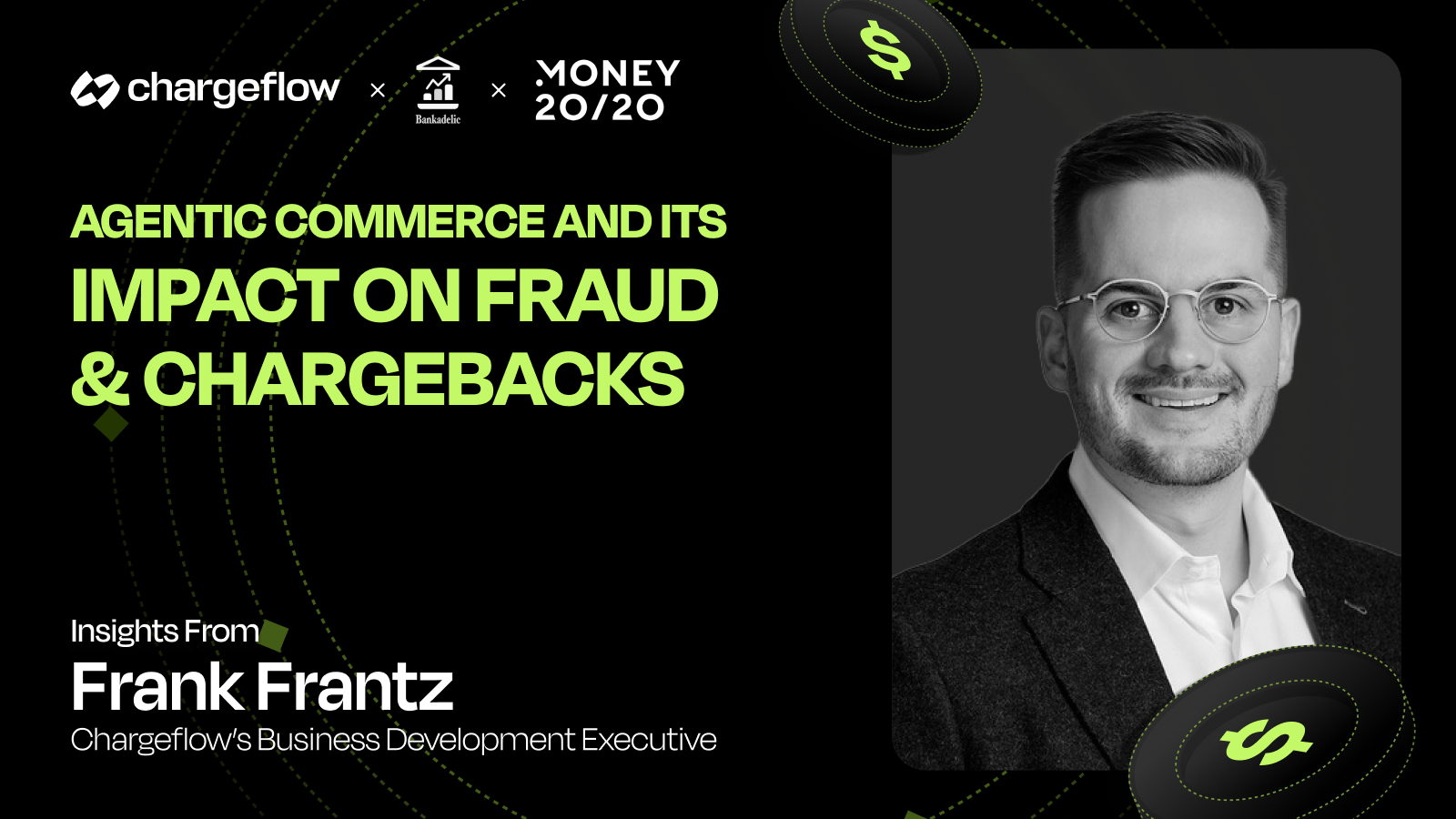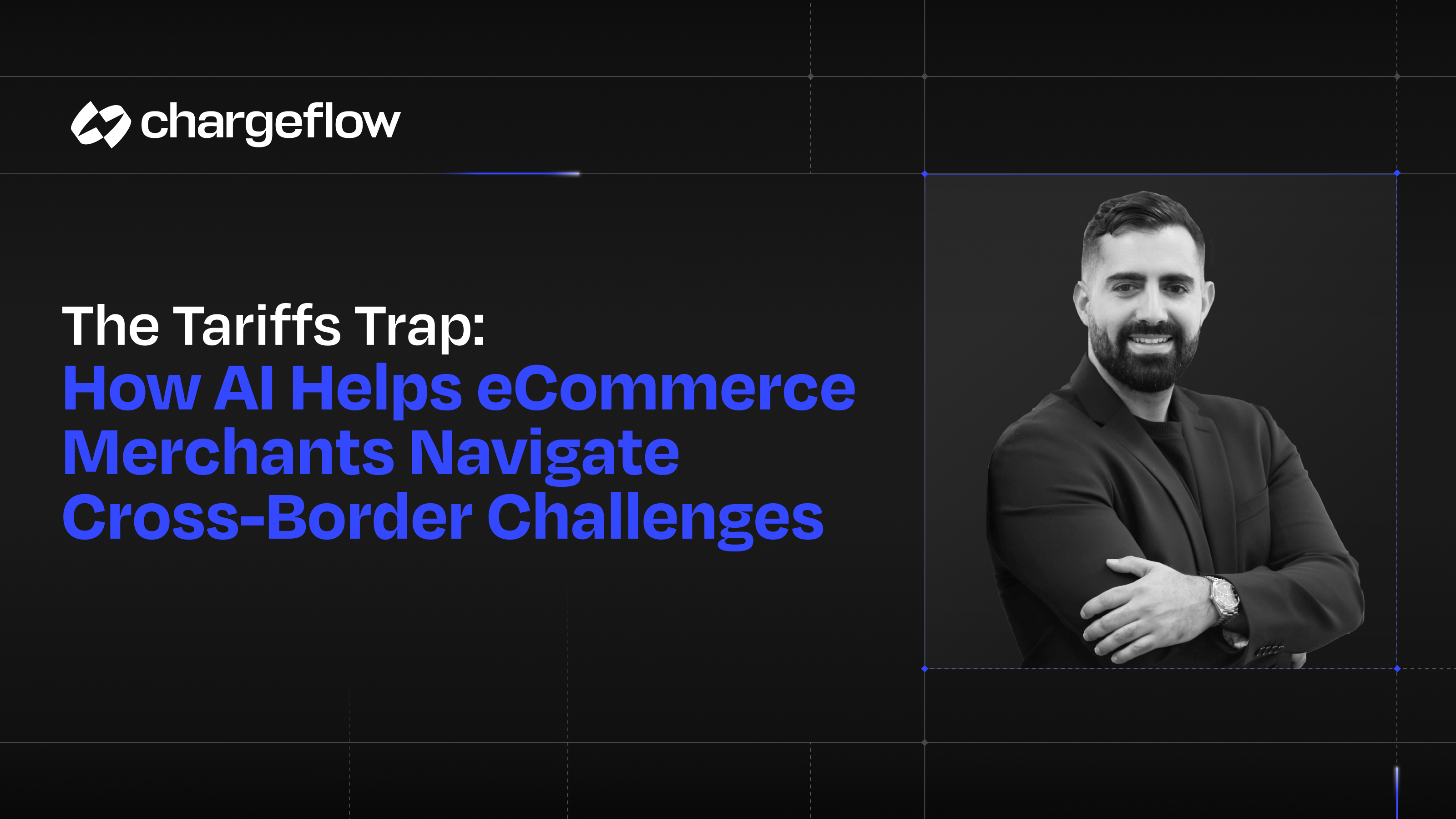Visa VROL: A Guide for Visa Dispute Resolution in 2024

Chargebacks?
No longer your problem.
Recover 4x more chargebacks and prevent up to 90% of incoming ones, powered by AI and a global network of 15,000 merchants.
This guide has everything you need to know about Visa Resolve Online (VROL) and how it can help merchants reduce the amount of chargebacks they get.
Visa Resolve Online, or Visa VROL, is an essential tool introduced by the card network to help merchants manage chargebacks and disputes more efficiently. VROL seeks to streamline the chargeback resolution process, making it less costly for merchants.
Although VROL provides tangible benefits — such as reducing the time it takes to manage cardholder disputes and giving merchants some control over the process —the system has undeniable drawbacks.
This guide will examine how VROL works, what the drawbacks are, and how to improve your odds of winning Visa chargebacks today. You will also learn best practices for successful dispute resolution and common challenges merchants face to help you make the best decision.
Whether you're an eCommerce veteran or new to the industry, understanding the intricacies of Visa VROL is essential for effective dispute resolution and the success of your business. So, let's dive in and explore everything you need to know about VROL and how it can impact your business.
Understanding Visa VROL: What it is and How it Works
Visa Resolve Online is a digital platform facilitating communication and dispute-related document transfer between merchants and issuing banks. Visa designed the network as a centralized dispute management system. Essentially, VROL utilizes transaction information, dispute data, and a questionnaire filled out by the cardholder's issuing bank to decide the validity of disputes and expedite the process.
The hypothesis is that with such a consolidated electronic system for transmitting and retrieving transaction data, dispute information, and documentation, determining the validity of each case and resolving cardholder disputes will be less of a hassle.
For instance, suppose a cardholder filed an unauthorized transaction chargeback, but the merchant obtained authorization before processing the transaction. VROL will cross-reference the authorization status with VisaNet and examine any fraud report. Upon establishing a positive approval, the system will flag the claim, preventing it from continuing.
Visa requires all issuing banks and processors in their network to access transaction information, respond to retrieval requests, or appeal arbitration through VROL. Also, the issuing bank must conduct a transaction inquiry on VROL before filing a dispute.

How Visa VROL Works to Resolve Chargebacks
To understand the intricacies of how VROL works, as in the case study highlighted earlier, let's examine a typical chargeback lifecycle. The chargeback process often starts with an inquiry, which requests further information on the transaction. In most cases, the card issuing bank will initiate the chargeback afterward. You, the merchant, will have an opportunity to represent and counter the claim. And then there'll be a ruling by the card issuer.
The VROL underpins this entire process (for Visa disputes). When cardholders contact their card issuer about a transaction, the bank uses VROL to retrieve available documentation on the disputed transaction. The said documentation must follow a case-specific Visa chargeback reason code.
Types of transaction data VROL needs.
Generally speaking, the transaction documentation VROL needs can include the following:
- Seller's credentials
- Transaction receipts
- Buyer identity verification
- Order delivery confirmation
- Shipment/tracking information
- Proof of product or service usage
In instances of Card-Not-Present transactions, the information may be as follows:
- Sellers details
- Authorization code
- Copy of seller's invoice
- Date of the disputed transaction
- Proof of product or service usage
- Copy of seller's return/refund policies
- Nature of Product or service delivered
- Buyer's account details and payment method
All things being equal, these details will help the bank assess the claim's legitimacy and whether or not to initiate the chargeback. They're also some of the documentation you must present to fight the dispute.
Is VROL the same as Visa Claims Resolution Initiative (VCR)?
Visa Claims Resolution Initiative complements Visa Resolve Online. The aim is to "reduce dispute volume by blocking invalid disputes from entering the system." Both initiatives work in tandem to declutter and streamline the dispute procedure.
Although VROL pre-existed VCR, the program underwent a significant transformation with the latter's introduction in 2018. In simple terms, VCR exists to make VROL function better at processing and resolving disputes.
Visa says the program's introduction has significantly improved dispute resolution efficiency for all stakeholders.
"Visa Claims Resolution proactively eliminates invalid disputes, leveraging existing data wherever possible. VCR provides a foundation to implement enhanced dispute rules, streamline the process with reduced timeframes, and offer enhanced tools for proactive resolution." - Visa
Before VCR, VROL only served for dispute facilitation purposes. Resolving chargebacks took about 46 to 100 days, as prior regulations allowed card issuers up to 45 days Visa dispute time-limit. VCR shortened the resolution timeframe to 30 days. That led to a reduced turn-around time.

Visa Resolve Online: Significant Drawbacks You Should Know
Visa VROL is a welcome initiative. It helps reduce a merchant's Visa chargeback rate. The system gives merchants a proactive way to handle disputes and makes the process faster. Yet, while VROL is "nice to have," the technology does not deliver on all chargeback resolution fronts.
Below are two significant drawbacks you should know about VROL:
#1: Exclusivity limits coverage.
The exclusivity of operation to the Visa network means you can only use it for Visa transactions. VROL is embedded into the Order Insight Platform and does not support non-Visa transactions. A variation of the system from Mastercard called Mastercom has distinct conditionalities, guidelines, and constraints. That means you must haggle with multiple platforms with varying rules to get comprehensive coverage.
#2: Visa Resolve Online has little impact on friendly fraud.
VROL automatically blocks some meritless chargebacks. It gives Visa more insights into the dispute process to better identify and resolve problem areas. Yet, the system has not delivered consistently optimal results with first-party chargeback fraud (also known as friendly fraud) resolution
Despite the stringent standards in scoring, tracking, and retrieving transaction data just in time, the network remains susceptible to meritless disputes.
Friendly fraud costs the average merchant at least 3x the amount charged back. Visa internal reporting shows that friendly fraud can account for up to 75% of all chargebacks a merchant gets.
“Friendly fraud is not always friendly, especially from a merchant’s perspective,” said Mike Lemberger, Senior Vice President of North America Risk at Visa.
Final Thoughts on Visa VROL
VROL significantly simplifies the dispute process. It saves you time and cost while reducing dispute volume to some extent. Yet, these outcomes are neither guaranteed nor automatic, as fraudulent disputes are STILL rising.
To get the best results from the platform, you must apply standard chargeback mitigation best practices, such as being diligent with record keeping, providing excellent customer service, and using anti-fraud tools throughout the transaction cycle. But above all, using Chargeflow's advanced chargeback management solution helps you fight chargeback in all its forms. Get absolute relief from friendly fraud today!

Chargebacks?
No longer your problem.
Recover 4x more chargebacks and prevent up to 90% of incoming ones, powered by AI and a global network of 15,000 merchants.






























.png)








